Does Wearing A Hat Cause Hair Loss? 8 Ways To Prevent It
Wearing hats too often, especially tight ones, can lead to hair loss indirectly.

Image: Shutterstock
Grace Kelly, Audrey Hepburn, Diane Keaton, and even Charlie Chaplin would agree that hats are amazing! However, rumor has it that hats cause hair loss. Do you find some hair strands on your hat whenever you wear or remove it? A few hair strands might not be a cause for concern. But severe hair fall might warrant a visit to your doctor.
Do hats cause hair loss? If yes, what precautions can you take? Keep reading to learn more.
In This Article
Can Wearing A Hat Make You Bald
No scientific evidence suggests that wearing a hat causes male or female pattern baldness. A study in the Journal of Plastic and Reconstructive Surgery (PRS) showed that it is not a single factor, but a combination of different environmental factors, which contributes to hair loss (1).
Another study showed that wearing headgear results in localized hair loss, though hair regrowth begins once the headgear use is discontinued (2). According to Cleveland Clinic Dermatologist Dr. John Anthony, MD , wearing a tight hat decreases blood flow to the hair follicles and stresses them, resulting in hair fall. Though the hair loss is temporary, it can become permanent over time if no corrections are made.
 Did You Know?
Did You Know?If the possible link between wearing a hat and hair loss concerns you, and so does the prospect of quitting on hats, this is what you can do – wear a loose-fitting hat and not a tighter one. Sporting a tight hat can irritate or inflame the scalp, cause follicles to lose strength, and potentially result in hair loss. The following section discusses how traction (or friction) can cause hair loss. Read on.
Key Takeaways
- A combination of different environmental factors contributes to hair loss.
- Sporting a tight hat can irritate or inflame the scalp, cause follicles to lose strength, and potentially result in hair loss.
- Sudden weight loss or lack of adequate protein in the diet weakens the hair roots and leads to hair shedding or loss.
Hats And Traction (Friction) Alopecia
Traction (or friction) alopecia can develop from the regular use of tight hats, braids, tight bands, clips, helmets, or any other headgear. These can take a toll on hair health as they constantly tug and rub on your scalp. If not fixed right away, these can eventually lead to alopecia (3).
A retrospective study including data from 2,835 people evaluated at specialist hair clinics in Europe, America, Africa, and Australia found female predominance in traction alopecia, as 98% of participants with traction alopecia were women. Among them, 1.9% had the condition diagnosed.
 Pro Tip
Pro TipBut the most common causes of alopecia or hair thinning include genes, hormonal imbalances, among others.
Other Causes Of Hair Loss
- Genetics: If you have a family history of hair fall, you also may experience the same (4).
- Stress: Emotional and physiological stress can result in temporary hair loss, a condition medically termed as telogen effluvium (5). This condition can make the hair follicles undernourished and weak, leading to rapid hair loss.
- Hormonal Imbalances: Androgenic hormonal dysfunctions or secretion of dihydrotestosterone (DHT) weaken the hair roots and hair follicles, resulting in abnormal hair loss (6).
- Nutrient Deficiency: Nutritional deficiencies may impact hair health. Sudden weight loss or lack of adequate protein in the diet weakens the hair roots and leads to hair shedding or loss (7).
- Medications: Hair loss and baldness can be a side effect of certain medications and supplements. Medicines for thyroid dysfunction, heart disease, and depression may cause hair fall (8).
- Childbirth: Postpartum telogen effluvium (PPTE), or post-pregnancy hair fall, happens due to the psychological stress a body undergoes during childbirth (9).
- Chemotherapy Hair Loss: Chemotherapy may cause hair loss due to the impact on rapidly dividing cells, including hair follicles. Many patients may suffer from chemotherapy-induced alopecia (10).
- Polycystic Ovary Syndrome Hair Loss: PCOS may contribute to hair loss due to hormonal imbalances. Patches of hair loss and hair thinning have often been common symptoms of PCOS (11).
- Menopause Hair Loss: Hormonal fluctuations during menopause can lead to hair loss and a decrease in natural hair growth (12). The estrogen levels in the body decline, leading to hair thinning and shedding.
- Vitamin D Deficiency Hair Loss: Vitamin D deficiency may contribute to hair loss problems, such as alopecia areata, female pattern hair loss, and telogen effluvium (13).
If you regularly wear hats, braids, or bands, the following tips may help you reduce the chances of hair loss.
Tips To Prevent Hair Loss
- Do not wear tight hats or caps for too long, as they may result in sweat accumulation and loosen the hair roots.
- Tight braids also can damage hair. Avoid twisting, stroking, and tugging hair for too long.
- Protect your delicate strands from the sun and the UV rays by wearing a cotton scarf, a loose hat, or other forms of head protection.
- Do not abuse your hair with excess chemical processes or heat treatments.
- Check with a dermatologist if you are on medications or hormonal therapy.
- Lower your stress levels by practicing deep breathing techniques and meditation. Learn to think positively. Indulge yourself in your favorite hobbies.
- Avoid smoking, as it can lead to hair fall (14).
- Keep your head sweat-free. Sweat accumulation can lead to a scalp infection. It also can clog the scalp pores and lead to hair fall.
There is no conclusive scientific evidence to suggest that hats cause hair loss. In fact, it indicates that a culmination of various environmental factors leads to hair loss. Wearing tight hats can lead to hair fall, but once you discontinue flaunting this head accessory, hair fall stops and hair regrowth ensues. Tight hats, just like tight hairstyles, can cause traction alopecia where the hair roots are pulled on, leading to hair fall. If you are experiencing hair loss, it might not be solely caused due to wearing hats. It is best to consult a doctor to get to the root cause of hair loss and undergo the right treatments to stimulate hair growth.
Frequently Asked Questions
Does wearing a hat help hair grow?
No. Wearing a hat will not help your hair grow. However, wearing comfortable hats that do not itch or tug at your hair can help protect it against environmental pollutants.
Does wearing a hat every day affect hair growth?
No. There is no scientific evidence to prove that wearing a hat every day has any kind of impact on hair growth.
Demystify hair myths like wearing a hat leads to hair loss in this video! The expert gives insights and a thorough examination, debunking the notion that hats contribute to hair loss. Click here to see!
References
Articles on StyleCraze are backed by verified information from peer-reviewed and academic research papers, reputed organizations, research institutions, and medical associations to ensure accuracy and relevance. Read our editorial policy to learn more.
- The contribution of endogenous and exogenous factors to male alopecia: a study of identical twins.
https://pubmed.ncbi.nlm.nih.gov/23629119/ - Headgear-induced temporary pressure alopecia.
https://pubmed.ncbi.nlm.nih.gov/31533517/ - Traction alopecia: A neglected entity in 2017.
https://pubmed.ncbi.nlm.nih.gov/29035284/ - Family history and risk of hair loss.
https://pubmed.ncbi.nlm.nih.gov/15237265/ - Telogen Effluvium: A Review of the Literature.
https://www.ncbi.nlm.nih.gov/pmc/articles/PMC7320655/ - Cause of androgenic alopecia: crux of the matter.
https://www.ncbi.nlm.nih.gov/pmc/articles/PMC4174066/ - Diet and hair loss: effects of nutrient deficiency and supplement use.
https://www.ncbi.nlm.nih.gov/pmc/articles/PMC5315033/ - Drugs and hair loss.
https://pubmed.ncbi.nlm.nih.gov/23159177/ - The Postpartum Telogen Effluvium Fallacy.
https://www.ncbi.nlm.nih.gov/pmc/articles/PMC4908443/ - Prevention and Treatment of Chemotherapy-Induced Alopecia: What Is Available and What Is Coming?
https://pubmed.ncbi.nlm.nih.gov/37185388/ - Polycystic ovarian syndrome in patients with hair thinning
https://www.ncbi.nlm.nih.gov/pmc/articles/PMC8291365/ - Skin hair and beyond: the impact of menopause
https://pubmed.ncbi.nlm.nih.gov/35377827/ - Study of serum vitamin D levels in men with premature androgenetic alopecia
https://pubmed.ncbi.nlm.nih.gov/32516435/ - Association between smoking and hair loss: another opportunity for health education against smoking?
https://pubmed.ncbi.nlm.nih.gov/12673073/
Read full bio of Dr. Nithya Raghunath
Read full bio of Anjali Sayee
Read full bio of Eshna Das
Read full bio of Monomita Chakraborty





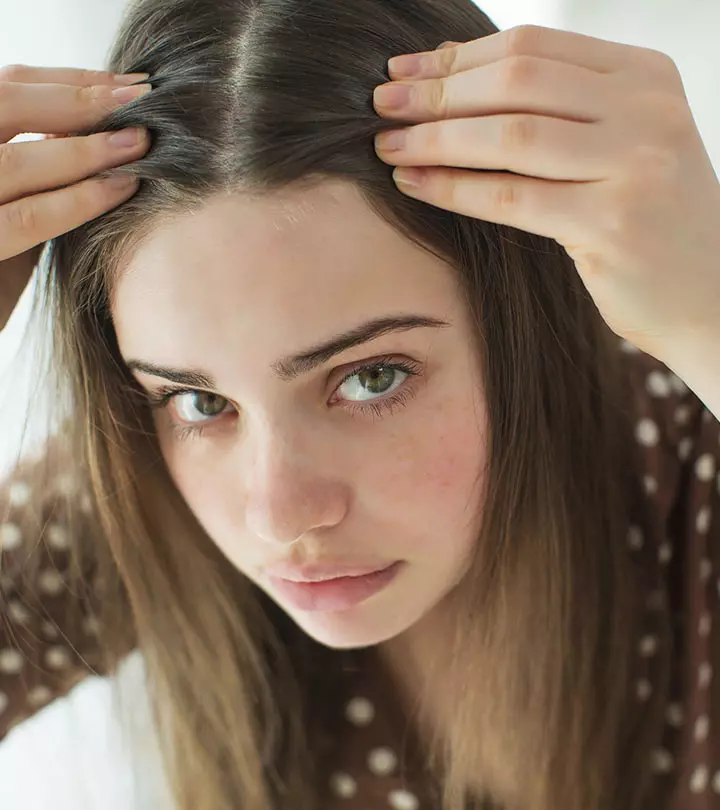
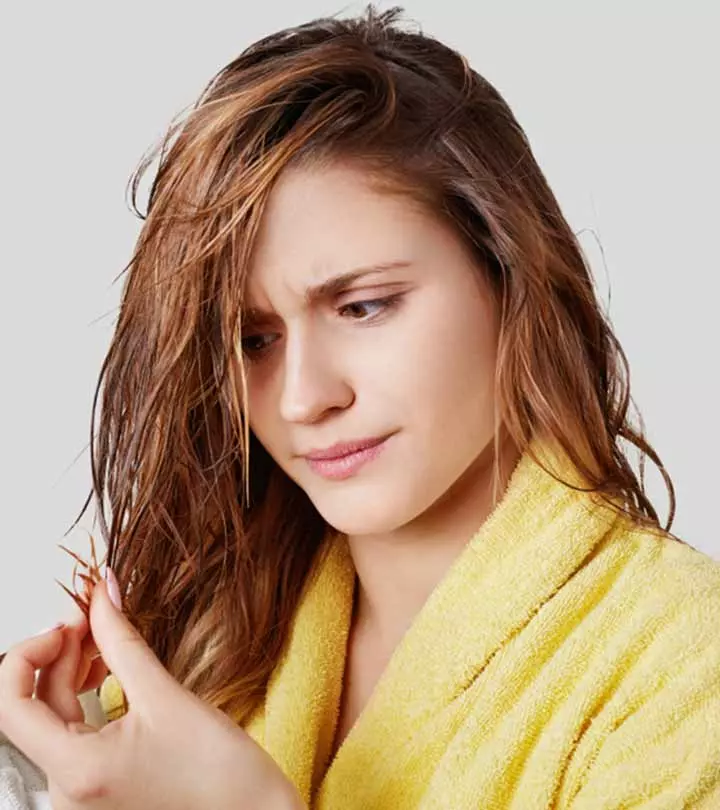
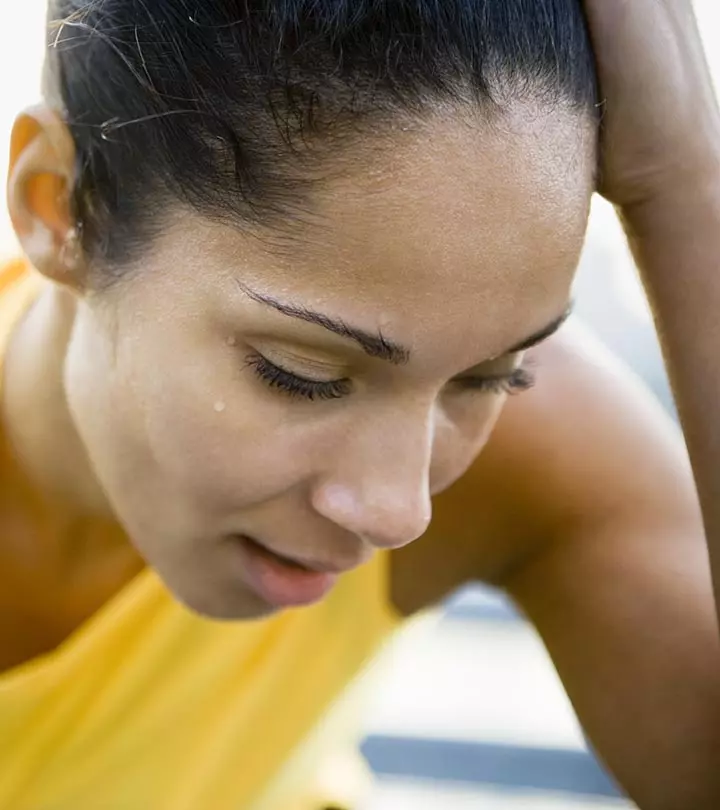

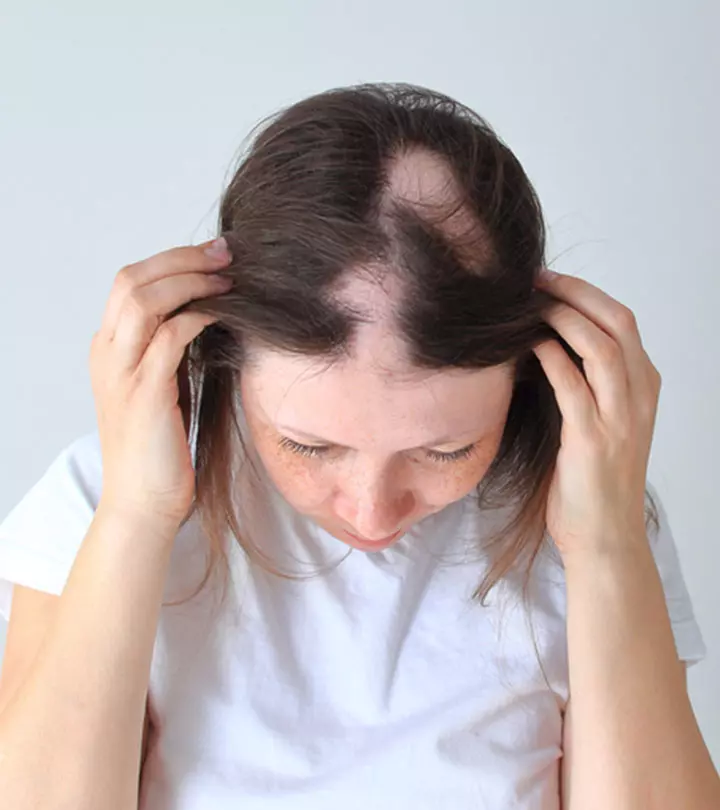
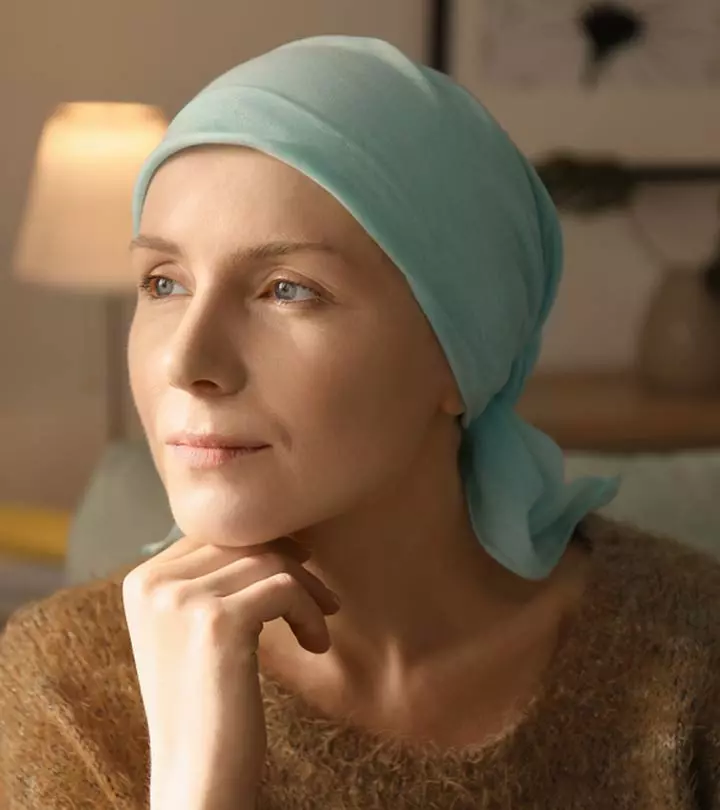
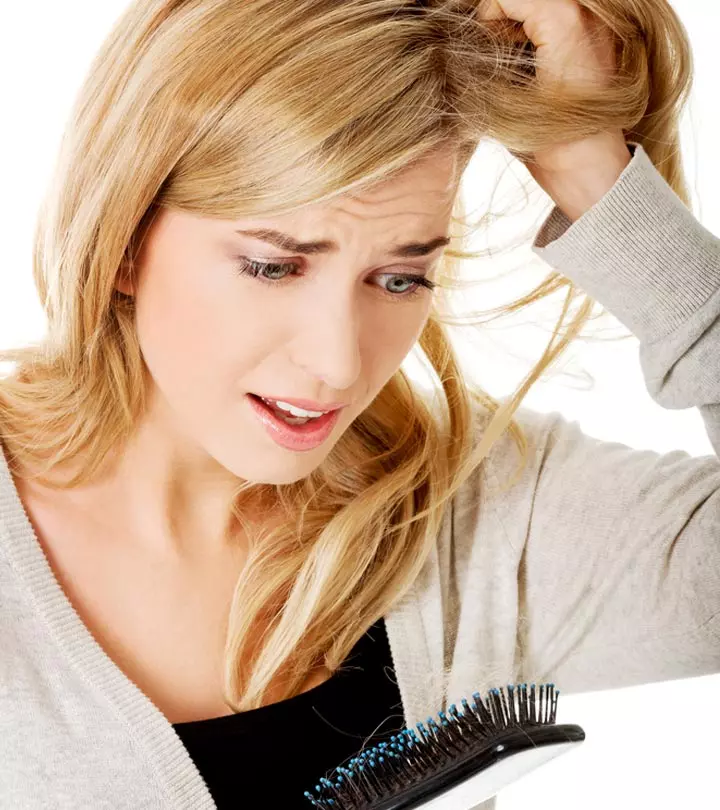
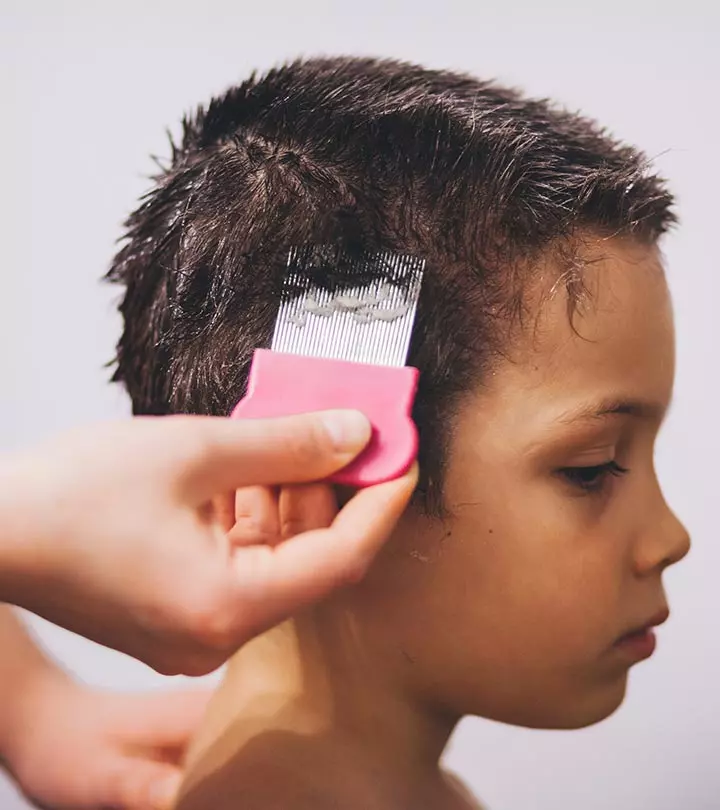
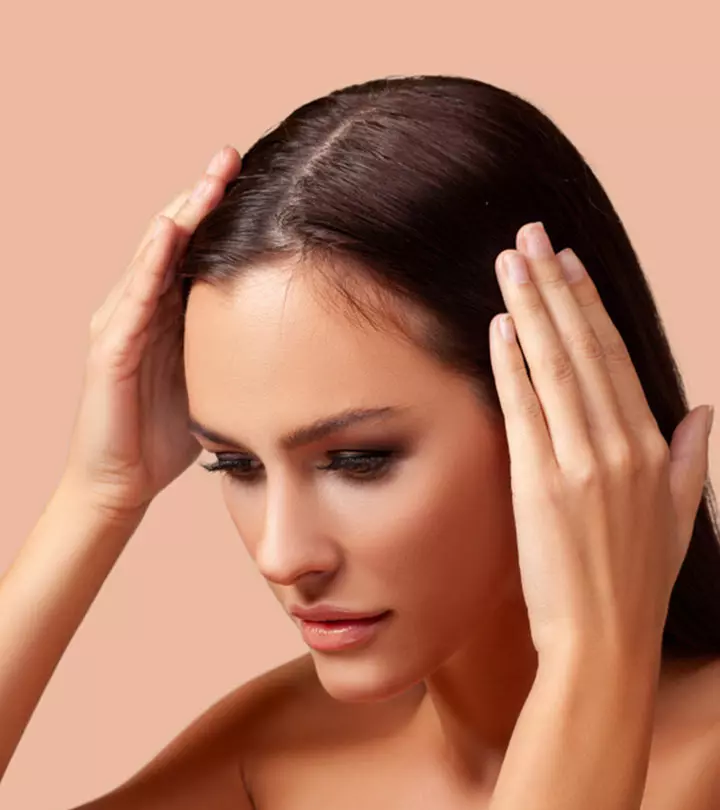
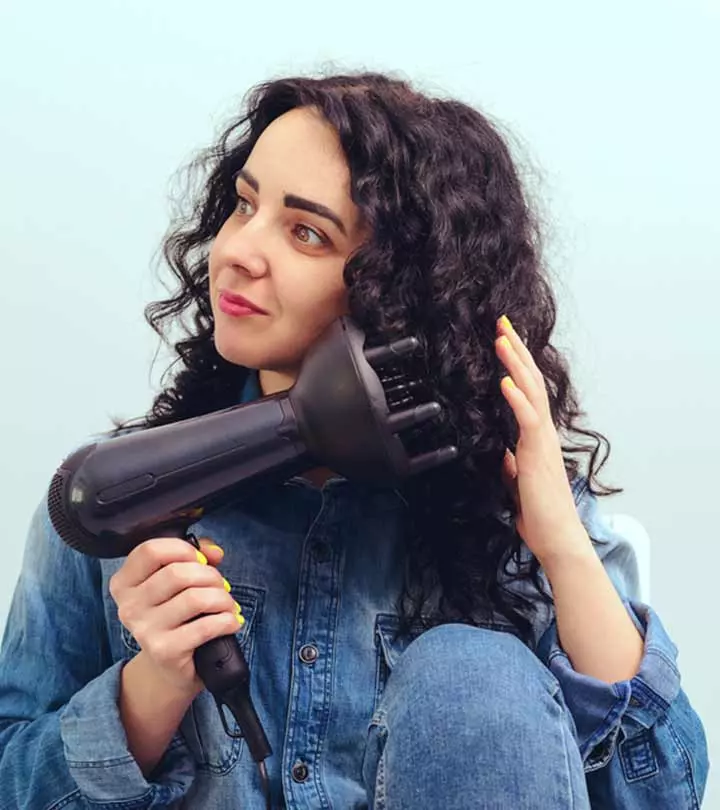

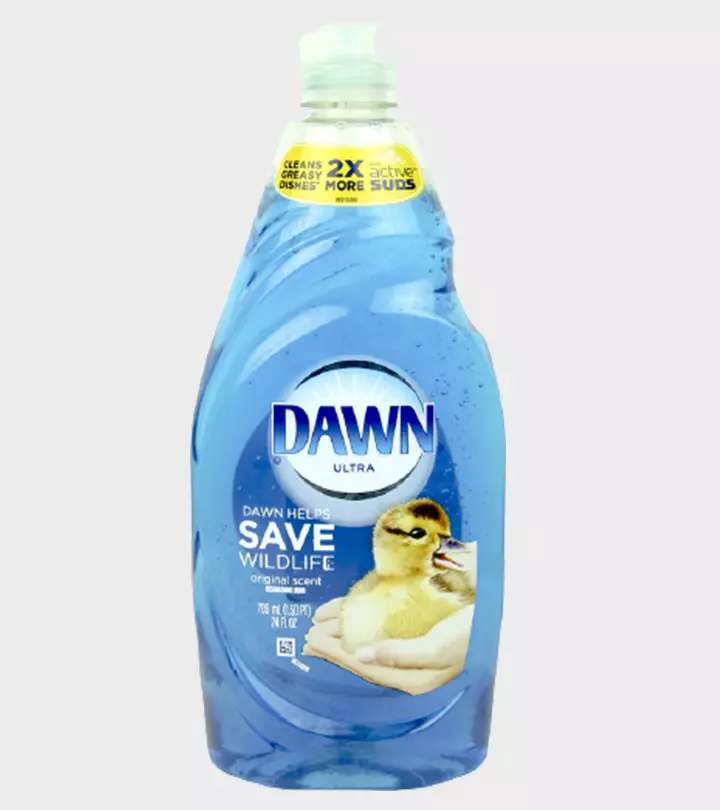




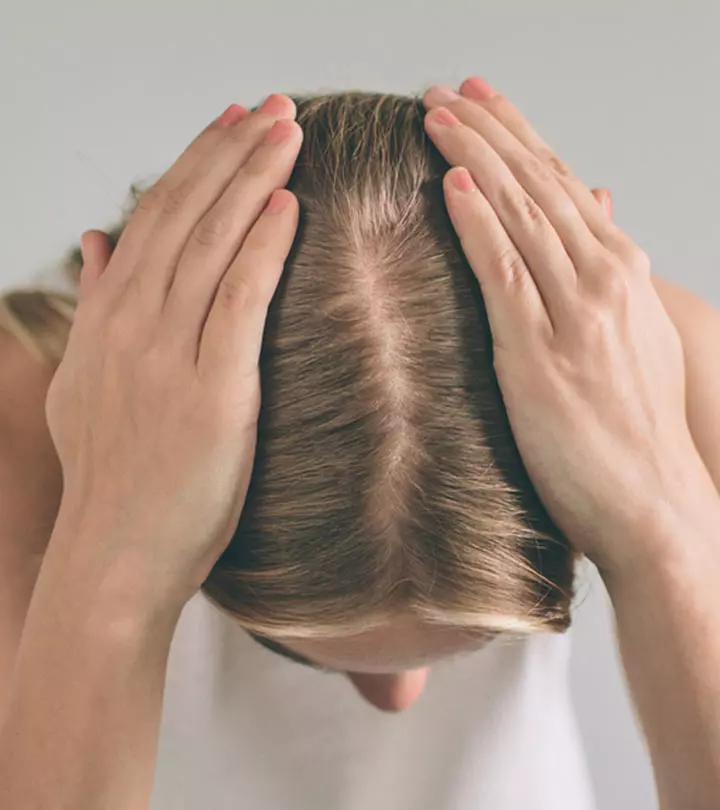
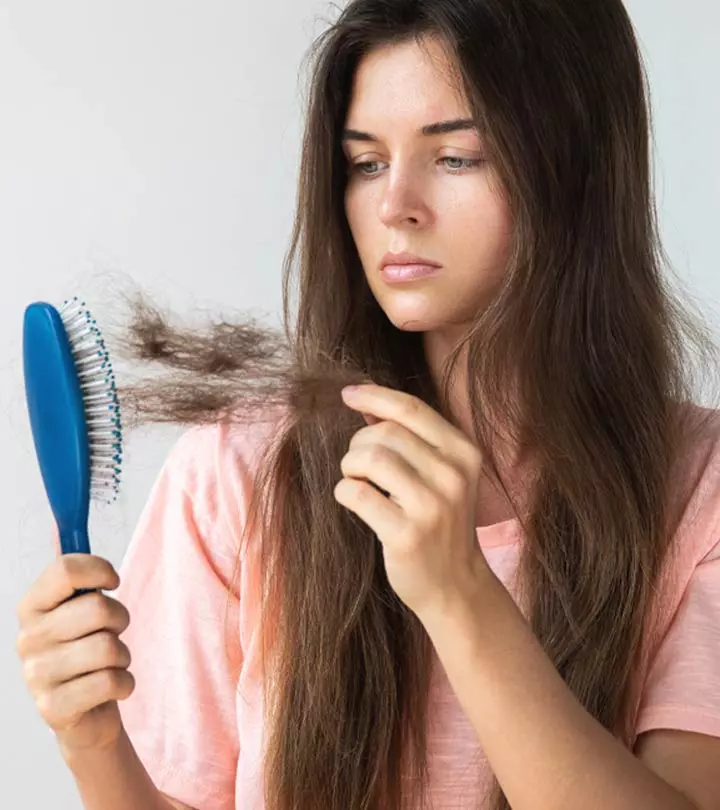

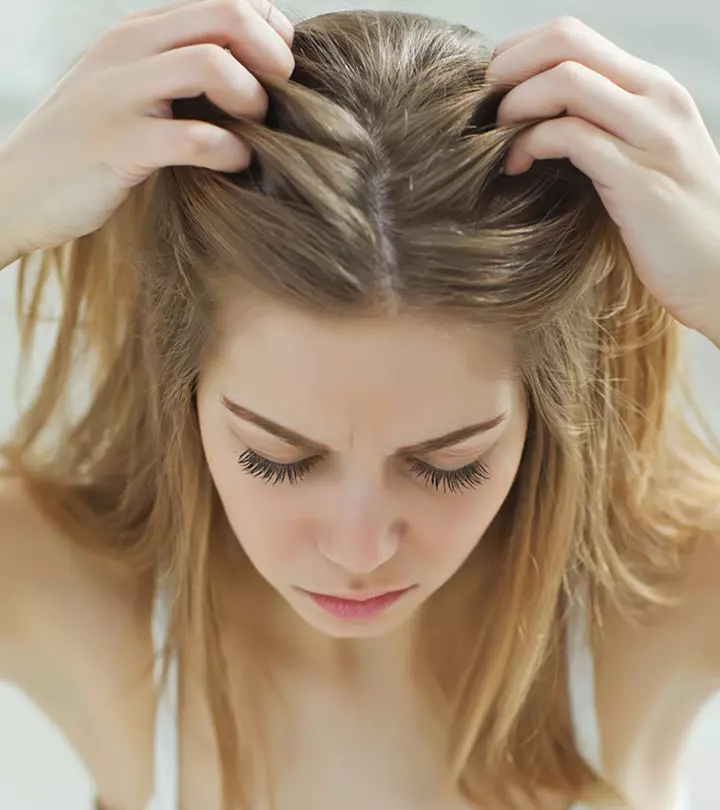
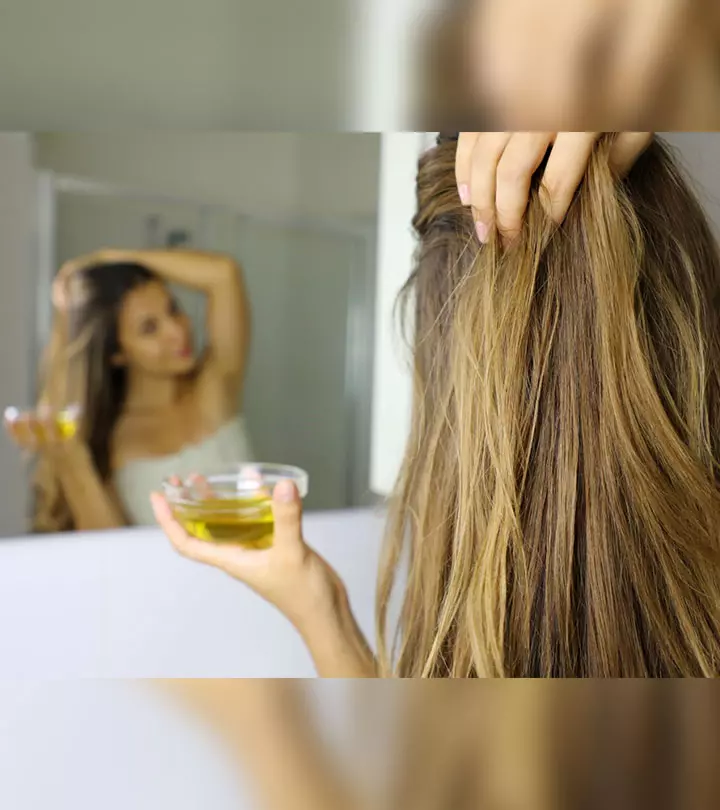
Community Experiences
Join the conversation and become a part of our empowering community! Share your stories, experiences, and insights to connect with other beauty, lifestyle, and health enthusiasts.